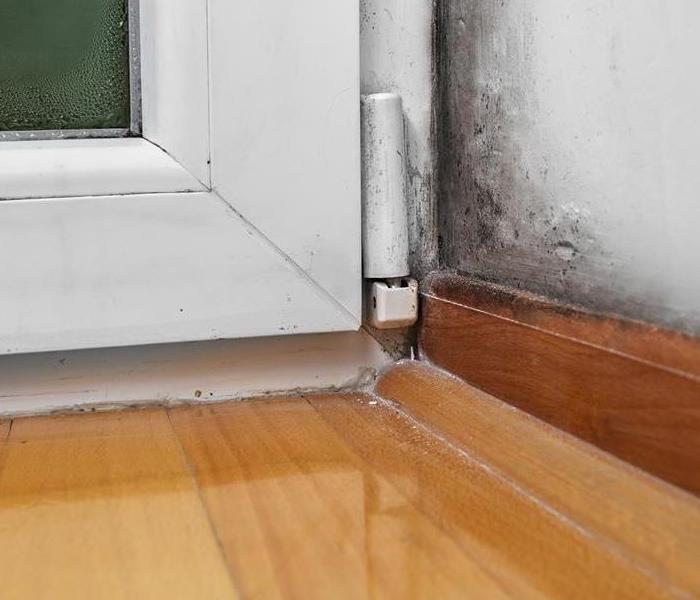Types of Household Mold
9/11/2018 (Permalink)
Believe it or not, there are over 100,000 known types of mold on the planet. In the average home in St. Michael, MN, mold growth likely to be found includes Aspergillus and Cladosporium, or perhaps black mold, Stachybotrys atra. Mold remediation services are usually not difficult to find and can be quite effective at taking care of the problem. Mold is not only unsightly; it can also compromise the integrity of building materials or home furnishings.
Types of Mold and Where They Grow
Mold growth can occur in conditions where there has been water damage due to leaks, floods or excessively high humidity. Common types of household mold include the following:
• Aspergillus is a genus of several hundred mold species. It can grow on food, air conditioning systems, compost or porous surfaces damaged by water.
• Cladosporium is a genus that grows indoors and outdoors and can exacerbate allergies and asthma. Its spores are present in air and it thrives on live or dead plant material, textiles and food.
• Stachybotrys atra is commonly called black mold and often grows in building materials containing cellulose that have been damaged by moisture.
Household Mold Remediation
Though microscopic spores proliferate in the natural world, mold can become a problematic if allowed to colonize in a home damaged by excessive moisture, humidity or flooding. It sometimes, but not always, produces a musty odor that is easily detected.
Addressing the problem in the home begins with remediating the source of moisture. Porous materials that cannot be cleaned, such as drywall, will require replacement. Thoroughly drying the environment is a must to prevent the return of mold after remediation. Keeping home humidity below 45% is recommended to keep mold at bay.
Even the most vigilant homeowner can experience an episode of mold growth. Once detected, a timely response can prevent the spread of damage to building materials and belongings.
For more on St. Michael click here.





 24/7 Emergency Service
24/7 Emergency Service
